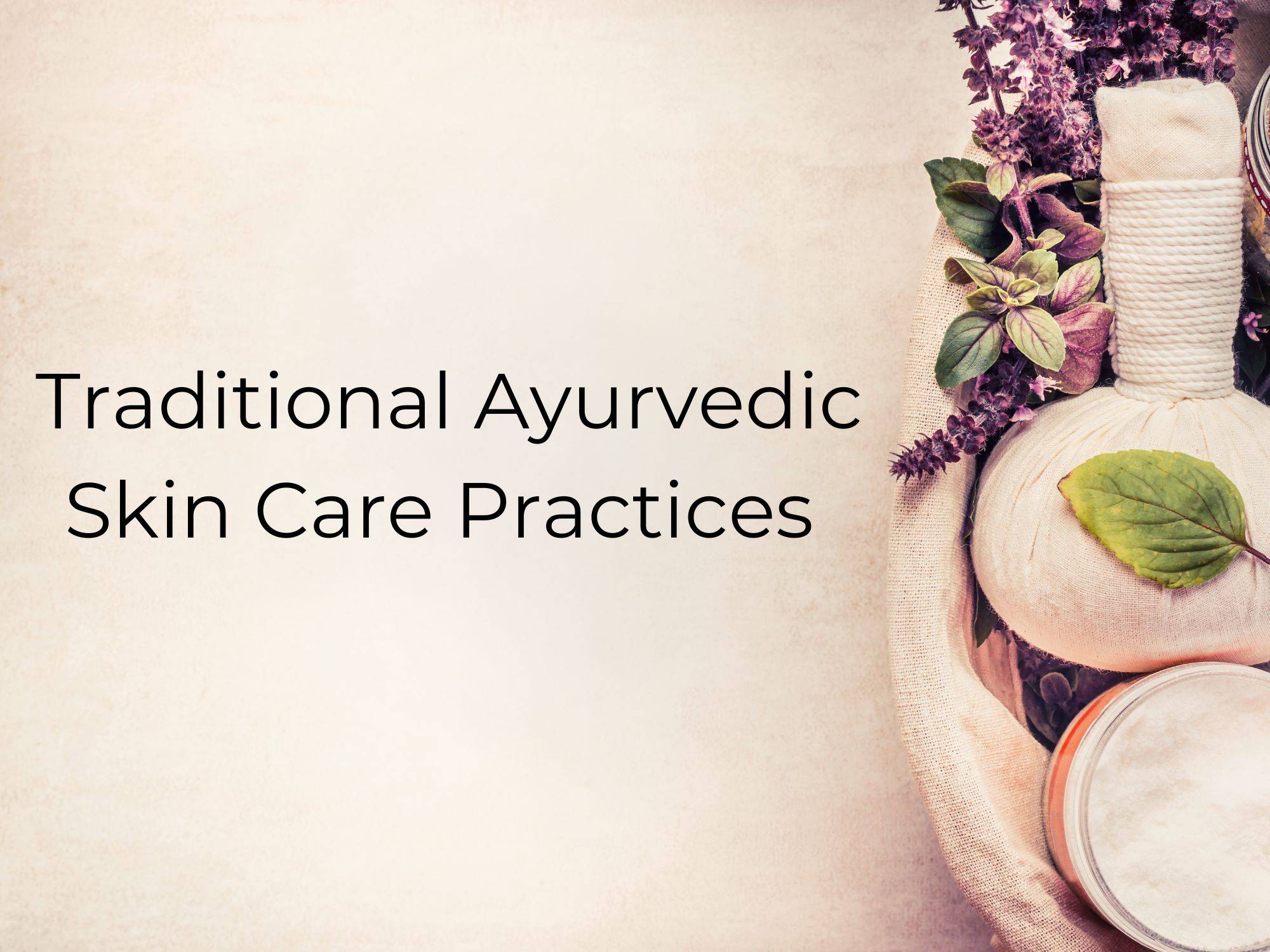
How To Incorporate Traditional Ayurvedic Skincare Practices Into Your Daily Routine
Before modern dermatology, before the advent of $300 face creams, and far before TikTok skincare advice, there was Ayurveda.
Ayurveda is a traditional medical art that originated in India over 5,000 years ago. Since its development, it has not only survived but flourished even worldwide and continues to be a prominent source of healing wisdom.
Focusing on balance within the whole body, Ayurvedic treatments of any condition take far more into consideration than a simple prescription or topical treatment. So when dealing with skincare and skin healing, the traditional Ayurvedic approach incorporates a broad spectrum of practices to ensure proper skin function.
But despite its multifaceted perspective, taking an Ayurvedic approach to your skin’s health is easier than you might imagine! Here are some key concepts to understanding and incorporating Ayurvedic skincare practices into your daily regimen
Ayurvedic Approach to Skincare
Utilizing a more holistic approach to any issue in the body, Ayurveda looks to the root cause of a bodily imbalance to solve skin and health concerns. This means that treatment of a skin condition will involve not only topicals, but dietary, physical, and mental considerations as well.
Know Your Dosha
In Ayurvedic tradition, there are three core skin types. Though often times, people can be a combination of two of those types, it is important to know and understand the three core types so that you can treat your skin accordingly.
Kapha
Kapha skin type is normal with a healthy amount of oil production. It is a thicker skin type, tending to age more slowly and have more sun tolerance, though it can be prone to excessive oiliness, clogged pores, and blemishes.
Pitta
Sensitive and fair skin, Pitta is more sun sensitive and prone to freckles and discoloration. Pitta skin can also be more easily inflamed, which can lead to redness and acne.
Vata
Vata skin is dry and thin and can even have a grayish hue. The Vata dryness will usually result in cracked or flaky skin and typically will age at a more accelerated rate.
Diet and Gut Health
The effect food has on the body and the skin is integral to Ayurvedic healing. As the center of all digestive activity, the gut- the fire of the body- is responsible for the body’s energy, metabolism, and hormones. A balanced digestive system means a balanced, well energized, and properly functioning body resulting in healthy skin.
Mind & Meditation
The mental element of whole body health focuses on healing through relaxation and leading a tranquil life. Learning meditation and practicing yoga every day can cure both physical and emotional maladies.
In addition, the increased circulation from practicing yoga keeps blood and lymph moving, avoiding any swelling or puffiness and keeps the blood freshly oxygenated and restorative. Diminishing stress through mindfulness and meditation results in more glowing skin, as well.
Natural Topicals
Incorporating herbs and essential oils is an important part of an Ayurvedic skin care routine. A very popular herb in Ayurveda which is now becoming increasingly popular in western skincare formulations is Gotu Kola, or Centella Asiatica.
It is very helpful in promoting collagen production while also healing wounds and calming the skin. Other favorite herbs in Ayurveda are Indian gooseberry, turmeric, rose, and cottonwood. Essential oils such as frankincense- featured in the SIBU Luxe Oil are commonly found in Ayurvedic skin care as well.